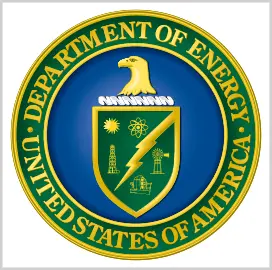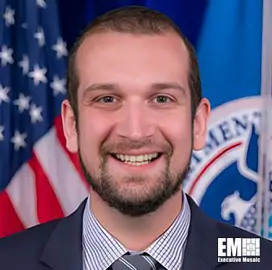A new contract management office called Radars and Sensors was created by the Defense Contract Management Agency to centralize all contract management and surveillance efforts related to a class of systems.
DCMA Radars and Sensors, as a systems command, will help ensure agency work is in line with military service requirements by consolidating contractor oversight activities of six disestablished offices, DCMA reported Wednesday.
DCMA Director Lt. Gen. Gregory Masiello, who attended the standup ceremony at agency headquarters April 17, sees the new office as an ideal opportunity as it is a broad technology portfolio.
“This is a good thing. We’re evolving here at DCMA,” said Masiello. “As we talk more in our portfolios, we’ll see the interconnectedness of the supply chains.”
Boston-headquartered DCMA Radars and Sensors is the first CMO described as a systems command and is led by Army Col. Jonathan Patrick as its commander.
DCMA is undergoing reorganization in an effort to align specialized skills with the requirements of customers across product-focused and geographic offices. Once the initiative is done, the 45 subordinate contract management offices are expected to be consolidated into about eight geographic offices and 10 product offices.











